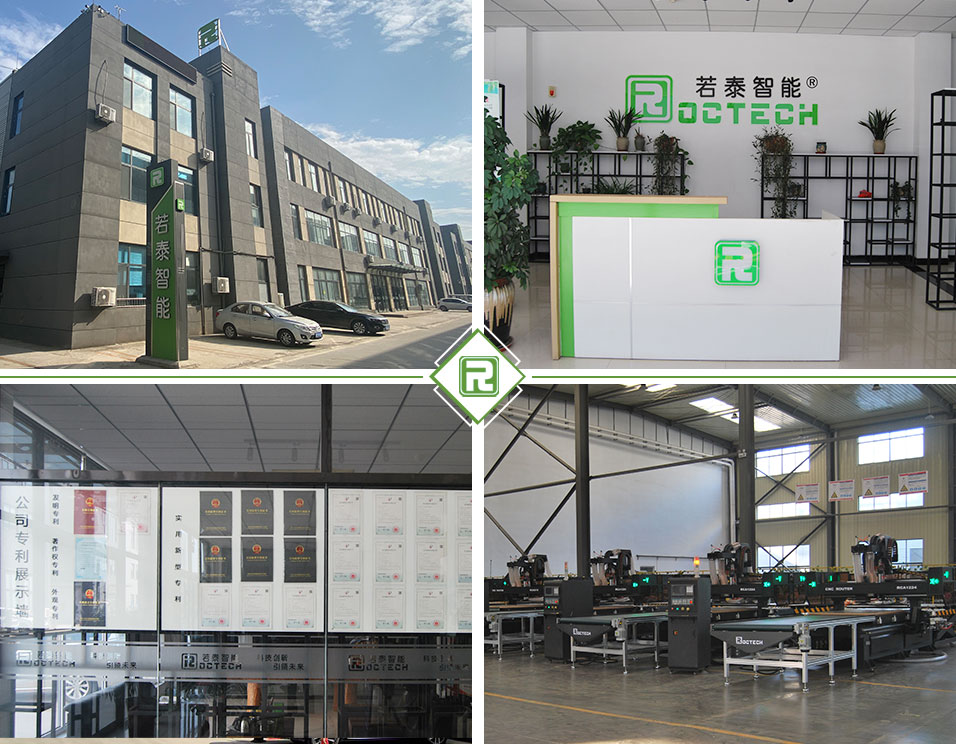
Begin each workday by inspecting the machine's mechanical components. Check all visible screws and bolts for tightness, as vibration during operation can loosen fasteners over time. Examine guide rails and ball screws for proper lubrication - these critical components require clean grease free of metal chips or debris. Wipe down rails with a clean cloth before applying fresh lubricant if necessary.
The spindle requires special attention as it's the heart of the engraving machine. Before starting operations, run the spindle at low speed for a few minutes to distribute lubricant evenly. Listen for unusual noises that might indicate bearing wear. Monitor spindle temperature during operation; excessive heat often signals lubrication issues or mechanical problems needing attention.
Tool maintenance significantly impacts engraving quality. Inspect cutting tools before each use for signs of wear such as dull edges or chipping. Measure tool lengths to ensure consistency in multi-tool operations. Keep tool holders clean and free of debris that could affect clamping force. Replace worn tools immediately to prevent poor engraving quality and potential damage to the workpiece or machine.
The work area requires daily cleaning. Remove all metal chips, dust, and debris from the machine bed, guides, and surrounding area using brushes and vacuum equipment. Never use compressed air for cleaning as it can force particles into sensitive components. Pay special attention to the chuck and fixture areas where material buildup can affect workholding accuracy.
Electrical components need regular inspection too. Check cables and connections for wear or damage. Ensure cooling fans are functioning properly to prevent electronic component overheating. Keep control panels clean and dry, using only appropriate cleaning methods recommended by the manufacturer.
Lubrication systems demand consistent monitoring. Check oil levels in automatic lubrication reservoirs and refill as needed. Verify that all lubrication points are receiving adequate oil flow. For machines with manual lubrication points, establish and follow a strict lubrication schedule based on usage hours.
After completing daily operations, perform a thorough cleaning of the entire machine. Remove all workpieces and tools, cleaning their storage areas. Run the machine through its full range of motion to distribute lubricant before shutdown. Back up any important program files or machine parameters if your system requires it.
Software maintenance is equally important. Regularly update control software as recommended by the manufacturer. Archive and organize engraving programs systematically for easy retrieval. Check and calibrate machine parameters periodically to maintain positioning accuracy.
ROCTECH CNC engraving machines incorporate several maintenance-friendly features. Their modular design allows easy access to key components for inspection and service. The intuitive interface includes maintenance reminders and diagnostic tools to simplify upkeep. These thoughtful designs reduce maintenance time while improving reliability.
Establishing a maintenance log is highly recommended. Record all inspections, lubrication activities, part replacements, and unusual observations. This documentation helps identify patterns, schedule preventive maintenance, and provides valuable information for technicians when servicing the machine.
By following these daily maintenance practices, operators can significantly extend their CNC engraving machine's service life while maintaining optimal performance. ROCTECH CNC machines in particular benefit from this disciplined approach, rewarding users with years of reliable, precise operation.
Looking for more information about our CNC machines and services? Contact us today.
Contact
Previous:ROCTECH's CNC Side Hole Drilling Machine Represents A Smart Investment
Next:ROCTECH CNC Engraving Machines: Reliable Solutions for Precision Manufacturing






